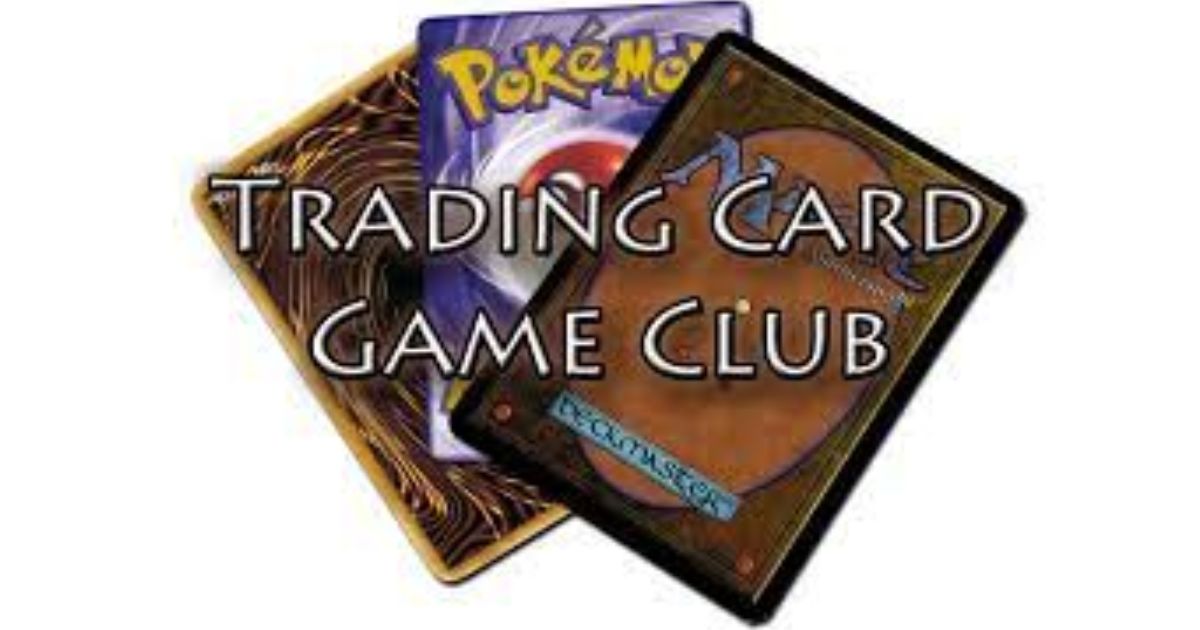Did you know that the size of a trading card plays a significant role in its collectability and display? With a standard dimension of [insert dimension], trading cards come in both portrait and landscape orientations, catering to the diverse preferences of collectors.
In this article, we will explore the various sizes of trading cards and their implications for displaying and storing. Whether you are a passionate collector or simply curious about this niche, join us as we delve into the world of trading card dimensions.
Key Takeaways
- The most common trading card size is 2.5 inches by 3.5 inches.
- Another popular size is 3 inches by 4 inches, often used for sports trading cards.
- Some companies may use slightly larger or smaller dimensions, but they stay within a similar range.
- Portrait orientation is used when the focus is on an individual or a single image.
Standard Trading Card Dimensions
The standard trading card dimensions vary depending on the company’s preference. However, there are common dimensions that many trading card companies tend to stick to. The most commonly used size for trading cards is 2.5 inches by 3.5 inches. This size allows for easy handling and fits well in standard card sleeves and holders.
Another popular size is 3 inches by 4 inches, which is often used for sports trading cards. Some companies may also opt for slightly larger or smaller dimensions, but they typically stay within a similar range. The chosen dimensions are crucial as they determine the card’s overall look and feel. Now, let’s explore the different orientations used in trading cards, namely portrait and landscape.
Portrait Vs. Landscape Orientation
Portrait and landscape orientations are two commonly used formats for trading cards. The choice between these orientations depends on the design and content of the card. Portrait orientation, where the height is greater than the width, is typically used when the focus is on an individual or a single image.
This format allows for a more detailed depiction of the subject. On the other hand, landscape orientation, where the width is greater than the height, is often used for scenery or group shots. It provides a wider view and allows for the inclusion of more elements in the design.
The decision between portrait and landscape orientation ultimately depends on the desired aesthetic and the intention of the card’s design. Transitioning into the next section, let’s now explore the different ways of displaying and storing trading cards.
Displaying and Storing Trading Cards
One popular method for organizing and preserving trading cards is using a card binder. This allows collectors to keep their cards in a neat and organized manner, while also protecting them from damage. Here are four reasons why using a card binder is a great choice for displaying and storing trading cards:
- Protection: A card binder provides a layer of protection against dust, moisture, and physical damage, ensuring that your cards remain in pristine condition.
- Easy Access: With a card binder, you can easily flip through your collection and find the card you’re looking for without having to search through stacks or boxes.
- Organization: Card binders often come with dividers or pages that allow you to categorize and organize your cards by set, player, or any other criteria you prefer.
- Display: Card binders also offer a great way to display your collection, whether it’s for personal enjoyment or to showcase to others. You can proudly show off your cards while keeping them safe and protected.
Using a card binder provides collectors with a sense of belonging as they can showcase their collection in an organized and visually appealing way.
Family Trading Cards
When creating family trading cards, collectors can incorporate personal photographs and biographical information to bring a unique and personalized touch to their collection. These cards serve as a way to celebrate and honor the members of the family, showcasing their individual qualities and accomplishments.
By including photographs, collectors can visually capture the essence of their loved ones, creating a sense of belonging and connection. Biographical information such as birth dates, hobbies, and achievements adds depth to the cards, allowing others to learn more about each family member.
Family trading cards can be a cherished keepsake, passed down through generations, and can serve as a reminder of the importance of family ties. Transitioning into the subsequent section about birth and milestone trading cards, collectors can also create cards to commemorate special moments in a family member’s life.
Birth and Milestone Trading Cards
As collectors delve into the world of trading cards, they can explore the realm of birth and milestone cards, which allow them to commemorate significant events and achievements in a person’s life. These cards provide a tangible way to celebrate and remember important moments, creating a sense of belonging and connection. Here are four reasons why birth and milestone trading cards hold a special place in the hearts of collectors:
- Celebrate life’s milestones: Birth and milestone cards capture the joy of important events such as birthdays, graduations, weddings, and anniversaries.
- Preserve memories: These cards serve as a lasting reminder of cherished moments and achievements, helping collectors relive those special times.
- Personalization: Birth and milestone cards can be customized with personal details, making them unique and deeply meaningful.
- Collectible value: These cards often become treasured keepsakes, passed down through generations, creating a sense of family history and tradition.
Birth and milestone trading cards provide collectors with a way to commemorate and celebrate the significant moments in their lives, fostering a sense of belonging and connection to their personal journeys.
Couples Trading Cards
How can couples trading cards enhance the bond between partners and create a lasting memento of their relationship? Couples trading cards offer a unique way for partners to express their love and create a tangible reminder of their special connection. These cards often feature personalized designs, including photos, heartfelt messages, and shared memories.
By exchanging these cards, couples can deepen their emotional connection and strengthen their bond. The act of creating and exchanging trading cards allows partners to reflect on their relationship, appreciate each other’s qualities, and celebrate their milestones together.
These cards serve as a lasting memento of their love story, capturing cherished moments and preserving them for years to come. Couples trading cards provide a sense of belonging and intimacy, allowing partners to feel connected and valued in their relationship.
Family Pets Trading Cards
While family pets trading cards may not be as popular as other types of trading cards, they offer a unique way for pet owners to celebrate and showcase their beloved companions. These cards provide a tangible representation of the special bond between humans and animals, allowing pet owners to share their love and pride with others. Here are four reasons why family pets trading cards can evoke a sense of belonging:
- Commemoration: Family pets trading cards serve as a lasting tribute to the cherished memories and experiences shared with a beloved pet.
- Connection: These cards create a sense of community among pet owners, allowing them to connect with others who share a similar passion for their furry friends.
- Identity: Owning a family pet trading card allows individuals to express their identity as a pet owner and advocate for animal welfare.
- Validation: These cards validate the importance and value of the human-animal bond, reinforcing the emotional support and companionship that pets provide.
Club or Organization Trading Cards
The club or organization trading cards serve as collectible items that showcase the achievements and affiliations of members within a specific group. These trading cards are typically designed to promote a sense of belonging and pride among members, while also serving as a means of recognition for their accomplishments. The front side of the trading cards often features a high-quality image of the member, along with their name, position, and any notable achievements or awards.
The back side of the cards may include additional information about the member, such as their biography, contributions to the club or organization, and contact details. Club or organization trading cards are popular among members who want to commemorate their involvement in the group and share their achievements with others.
Valuables and Collections Trading Cards
Many collectors consider trading cards to be valuable assets, as they often hold a significant monetary worth due to their rarity and desirability among collectors. These cards are not only cherished for their monetary value but also for the sense of belonging they provide to collectors who share a common interest.
Whether it’s sports, movies, or video games, trading cards allow collectors to connect with others who appreciate the same hobbies and passions. Here are four reasons why trading cards hold such appeal for collectors:
- Nostalgia: Trading cards often evoke feelings of nostalgia, reminding collectors of their childhood and the joy they experienced when collecting and trading cards with friends.
- Exclusivity: The rarity of certain trading cards makes them highly sought after, creating a sense of exclusivity for collectors who possess these coveted items.
- Investment Potential: Some collectors view trading cards as investments, as their value can appreciate over time, making them a potentially lucrative asset.
- Community: The trading card community provides a sense of belonging, allowing collectors to connect with like-minded individuals who share their passion and knowledge.
Frequently Asked Questions
What Are Some Popular Trading Card Games That Use Standard Trading Card Dimensions?
Some popular trading card games that use standard trading card dimensions include Magic: The Gathering, Pokémon, and Yu-Gi-Oh! These games typically follow the standard trading card size of 2.5 inches by 3.5 inches.
Can I Display and Store My Trading Cards in a Regular Photo Album?
Yes, trading cards can be displayed and stored in a regular photo album. However, it is important to ensure that the album has appropriate protective sleeves or pockets to prevent damage and maintain the cards’ condition.
Are There Any Restrictions on the Type of Photos That Can Be Used for Family Trading Cards?
When creating family trading cards, there are generally no restrictions on the type of photos that can be used. However, it is recommended to choose appropriate and meaningful photos that reflect the spirit and values of the family.
Can Trading Cards Be Customized With Personal Photos and Messages for Birth and Milestone Occasions?
Trading cards can indeed be customized with personal photos and messages for birth and milestone occasions. This allows individuals to create unique and meaningful cards that celebrate special moments in their lives with a personal touch.
Are There Any Guidelines or Limitations When Creating Trading Cards for Club or Organization Purposes?
When creating trading cards for club or organization purposes, it is important to consider any guidelines or limitations that may be in place. These could include specifications on size, format, design, and content. Adhering to these guidelines ensures consistency and professionalism in the final product.
Conclusion
In conclusion, trading cards come in a standard size, typically measuring 2.5 inches by 3.5 inches. They can be displayed and stored in various ways, including in albums or protective sleeves. Trading cards are not limited to sports or entertainment figures; they can also be created for family members, pets, clubs, organizations, and cherished collections. These cards serve as valuable mementos and can be customized to celebrate special occasions or milestones. Trading cards are a versatile and treasured form of memorabilia.











